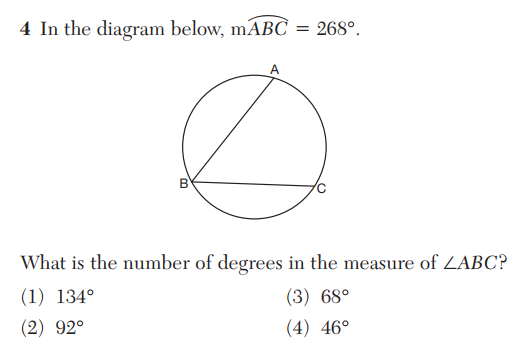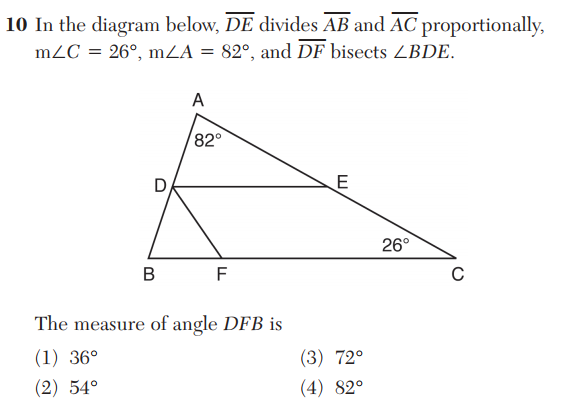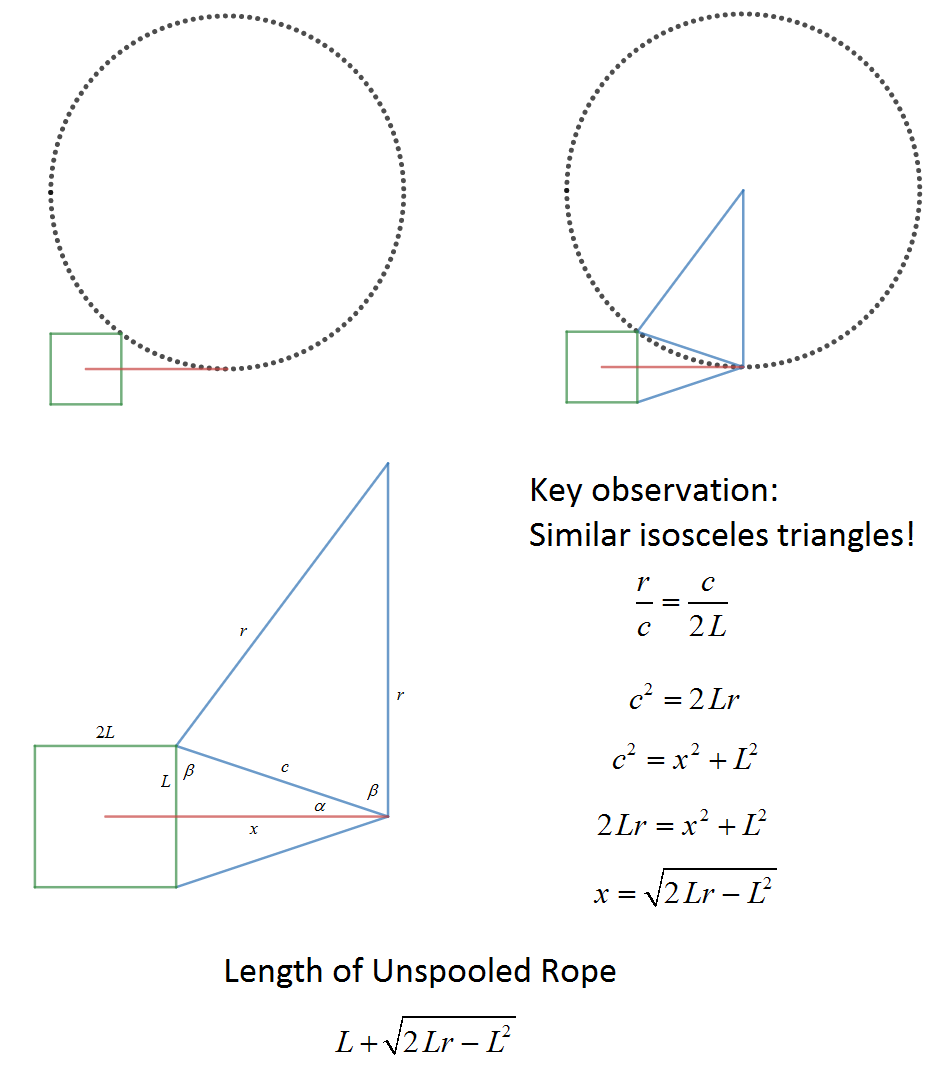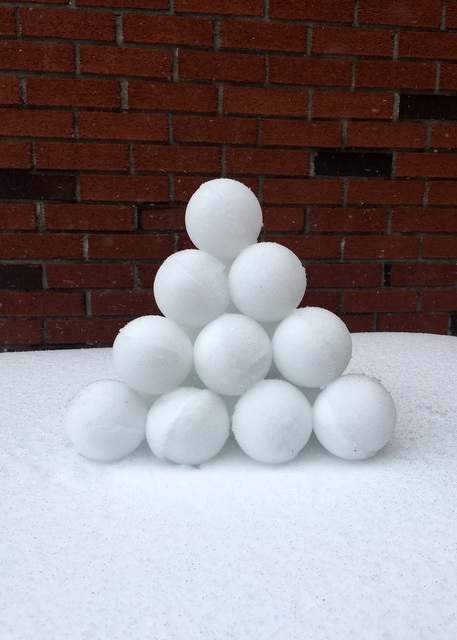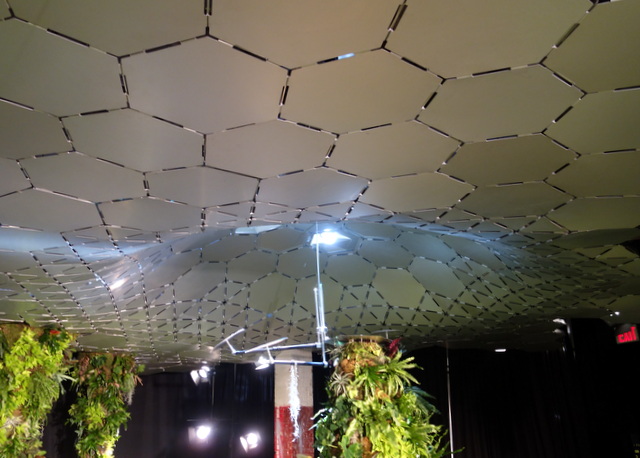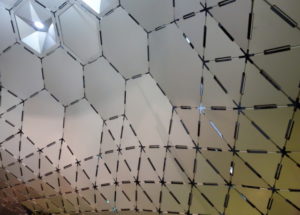Two prominent themes of my critical review of the New York State Regents exams in mathematics are consistency and precision in language. Here’s a pair of problems from the June 2017 Geometry exam that illustrates both issues.
First, the phrasing of the question “What is the number of degrees in the measure of angle ABC?” is awkward and somewhat unnatural. Second, if we are going to ask for “the number of degrees” in the measure of an angle, then the answer should be a number. The answer choices here are not numbers: they are degree measurements.
Why not simply ask for the measure of the angle, as was done in question 10 on the exact same exam?
While the issue in question 4 is minor, we know that imprecise use of language is deeply connected to student misconceptions in mathematics. And we know that an important part of our job as teachers is getting students to use technical language correctly. Our exams should model the mathematical clarity and precision that we expect of students in our classes. Far too often, the New York State Regents exams don’t meet that standard.
Related Posts
- Regents Recaps
- What is an “Absolute Value Equation”?
- Encouraging Bad Habits
- Questions with No Correct Answer
